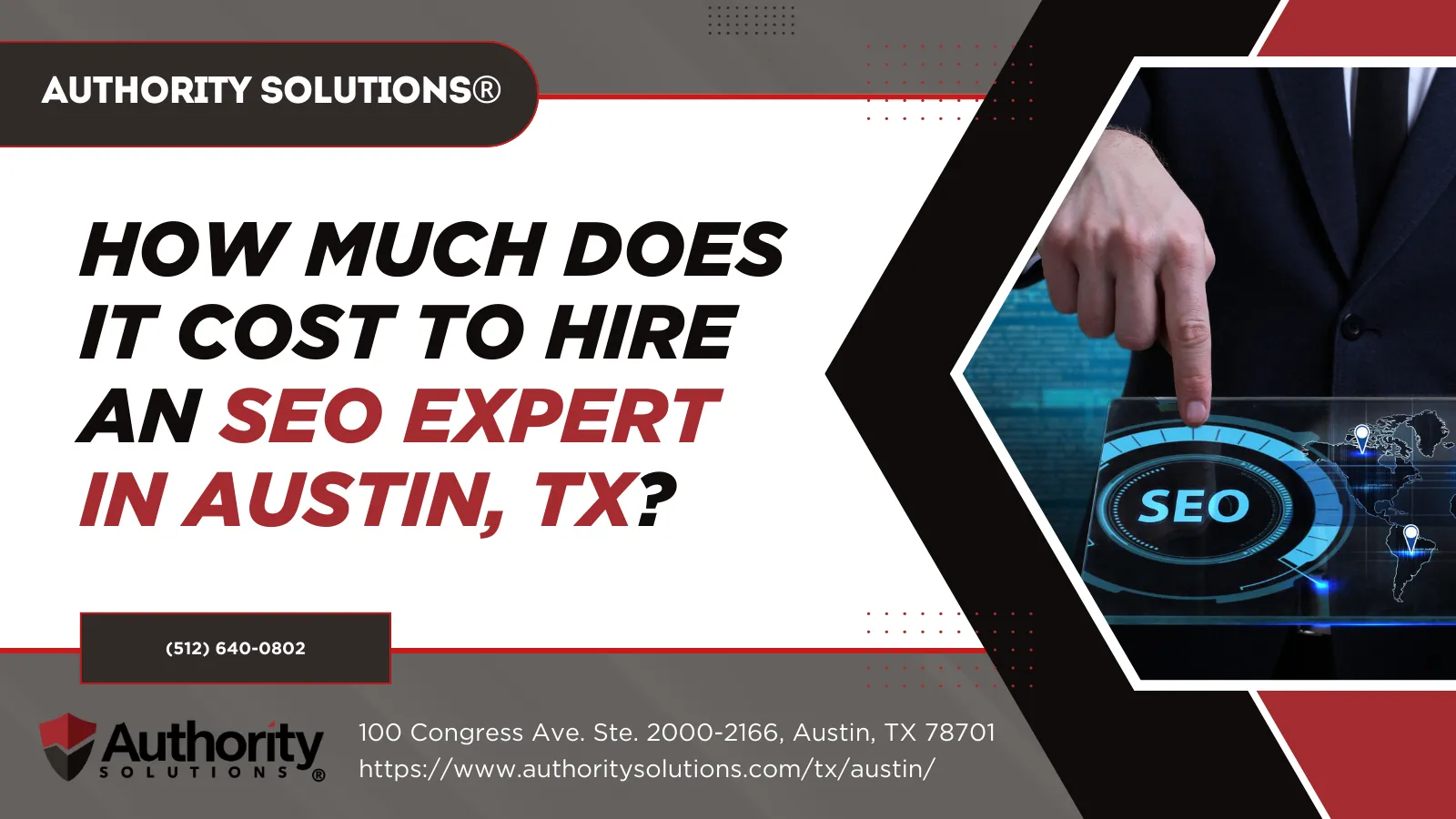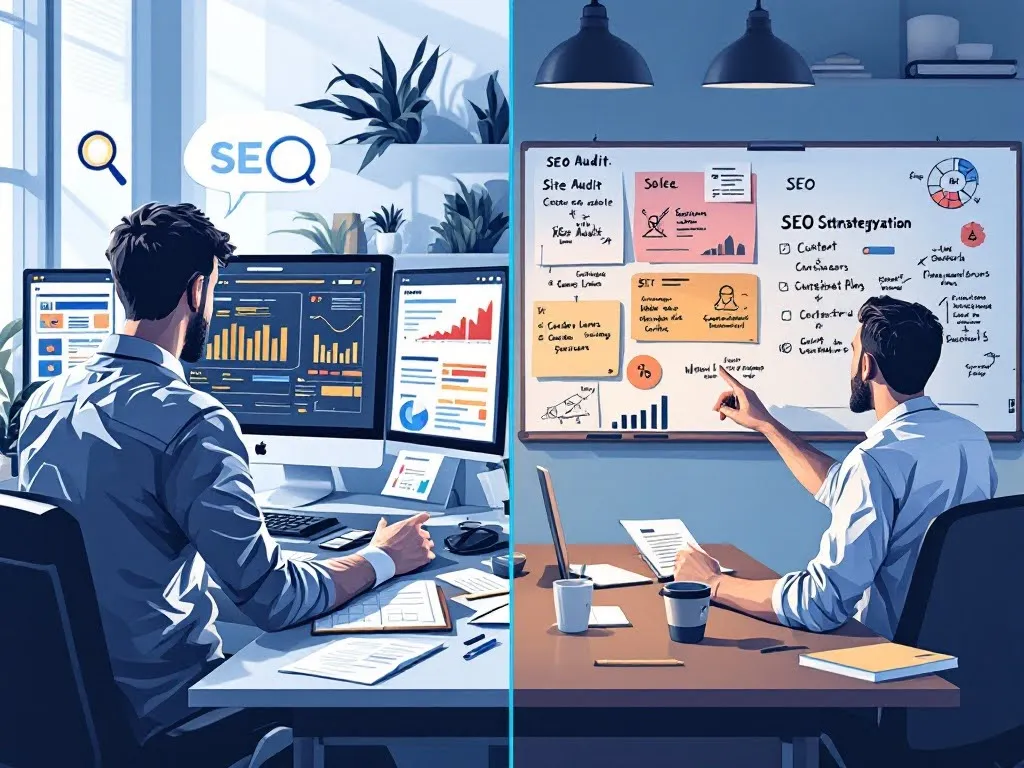From Clicks To Customers: Converting Leads With Internet Marketing Services
Are you struggling to turn clicks into customers? Do you feel like your internet marketing efforts are not yielding the results you desire? Don't worry, you're not alone. Many businesses face this challenge of generating leads but struggle with converting them into loyal customers.
The good news is that with the right internet marketing services, you can boost your conversion rates and grow your business. From search engine optimization (SEO) to pay-per-click (PPC) advertising, email marketing, social media marketing, and conversion rate optimization (CRO), there are various strategies available to help you convert leads into customers. In this article, we will explore these different methods and provide insights on how they can help you achieve success in your online business endeavors. So sit back and get ready to learn how to turn clicks into conversions with internet marketing services!
Search Engine Optimization (SEO)
You'll need to optimize your website with keywords and high-quality content if you want to show up on the first page of search results and attract potential customers through organic traffic. SEO is all about improving the visibility of your website by increasing its ranking in search engine results pages (SERPs). This means using relevant keywords throughout your website, creating valuable content, building quality backlinks, and ensuring that your site is mobile-friendly.
SEO can be a complex process, but it's essential for any business looking to increase its online presence. By optimizing your website for search engines, you're making it easier for potential customers to find you when they're searching for products or services related to what you offer. In addition, organic traffic generated from SEO tends to have higher conversion rates than other types of traffic because these visitors are actively seeking out what you have to offer.
When done correctly, SEO can generate significant long-term benefits for your business. However, it's important to note that SEO is not a one-time task – it requires ongoing effort and monitoring to ensure that your website continues to rank well in search engine results pages. That said, investing in SEO can pay off in spades over time as you continue to attract more organic traffic and grow your customer base.
To complement your SEO efforts, consider implementing pay-per-click (PPC) advertising as another way to drive targeted traffic directly to your site.
Pay-Per-Click (PPC) Advertising
PPC advertising is a cost-effective way to reach your target audience and drive traffic to your website. With PPC, you only pay when someone clicks on your ad, which means you're not wasting money on people who aren't interested in what you have to offer. Plus, PPC allows you to set a budget for your campaigns so you can control how much you spend.
But it's not just about driving traffic to your site – it's about converting that traffic into customers. That's why it's important to create compelling ads that speak directly to your target audience and include strong calls-to-action that encourage them to take the next step. You also need to make sure that the landing page they are directed to is relevant and offers a clear path towards conversion.
Overall, PPC advertising can be an incredibly effective tool for converting leads into customers. But it's important to approach it strategically and with a clear understanding of who your target audience is and what their needs are. By doing so, you can increase the likelihood of turning those clicks into sales and growing your business through internet marketing services like email marketing, which we'll discuss next.
Get found online with Authority Solutions®' SEO.
Email Marketing
Email marketing is a powerful tool for businesses to connect with their audience and foster relationships through personalized content and messaging. With email marketing, you can segment your audience based on demographics, behavior, and interests. This allows you to send targeted messages that resonate with your subscribers.
One of the biggest benefits of email marketing is its high return on investment (ROI). According to a study by the Direct Marketing Association, email marketing has an average ROI of 4,300%. This means that for every dollar spent on email marketing, businesses can expect an average return of $43.
However, it's important to note that effective email marketing requires more than just sending out promotional emails. You need to provide value to your subscribers by sharing helpful information or exclusive offers. By doing so, you can build trust with your audience and increase the likelihood of them becoming customers.
Transitioning into social media marketing: While email marketing is an effective way to reach your audience directly through their inbox, social media marketing allows you to engage with them in real-time on popular platforms like Facebook and Instagram. By incorporating both strategies into your overall internet marketing plan, you can maximize your reach and convert more leads into customers.
Social Media Marketing
Social media marketing allows businesses to connect with their audience in real-time on popular platforms, fostering relationships through engaging content and personalized messaging. With billions of active users across various social media channels, it is an effective way to reach a wider range of potential customers. By creating targeted campaigns that resonate with your audience, you can increase brand awareness, drive website traffic, and ultimately convert leads into paying customers.
One advantage of social media marketing is the ability to create interactive content that encourages engagement from your followers. This includes posts that ask questions or encourage user-generated content such as photos or reviews. By engaging with your audience in this way, you build trust and establish yourself as an authority in your industry. Additionally, social media provides valuable insights into consumer behavior through metrics such as likes, shares, and comments.
To optimize your social media efforts for conversion rate optimization (CRO), it is important to analyze data and adjust strategies accordingly. This could involve testing different types of content or adjusting targeting parameters based on demographics or interests. By continually monitoring performance and making improvements based on data-driven insights, you can increase the likelihood of converting leads into lifelong customers without spending more money on advertising.
Conversion Rate Optimization (CRO)
When it comes to increasing your website's conversion rate, analyzing user behavior is crucial. By identifying what pages users visit, how long they stay, and where they drop off, you can pinpoint areas that need improvement. Once you've identified conversion barriers, such as confusing navigation or unclear calls-to-action, you can address them with targeted changes to your design and content. Finally, testing and optimizing these changes will help ensure that your website is performing at its best and converting leads into customers.
Analyze User Behavior on Your Website
As you analyze user behavior on your website, you'll gain valuable insights into what's working and what needs improvement. By tracking metrics such as page views, bounce rates, and time spent on each page, you can identify areas of your site that are performing well and those that may be causing visitors to leave.
One important metric to pay attention to is the conversion rate for each page on your site. This will tell you how many visitors are taking the desired action (such as making a purchase or filling out a form) compared to how many are simply browsing and leaving. By analyzing this data alongside other user behavior metrics, you can determine where potential conversion barriers exist and begin addressing them.
Identify and Address Conversion Barriers
To improve your website's conversion rate, you need to identify and address any barriers that may be preventing visitors from taking the desired action. Start by analyzing user behavior on your site, looking for patterns of abandonment or hesitation. Then, use this information to create a list of possible obstacles that could be impeding conversions.
Next, take a closer look at these potential barriers and identify which ones are most likely causing problems. Some common issues include confusing navigation, slow page load times, lack of trust indicators (such as customer reviews or security badges), and unclear calls to action. Once you've identified these obstacles, work on addressing them one by one until they no longer pose a significant barrier to conversion.
By addressing these barriers head-on, you'll make it easier for visitors to take the desired action on your site. But don't stop there – once you've removed the major obstacles, it's time to test and optimize your website's design and content for maximum effectiveness.
Test and Optimize Your Website's Design and Content
Optimizing your website's design and content can greatly enhance user experience and increase conversion rates. A well-designed website with relevant, high-quality content can make a significant impact on the success of your online marketing efforts. To optimize your website, start by analyzing user behavior using tools like Google Analytics to identify areas that need improvement.
Once you have identified potential issues, test different design elements and variations of your content to see what works best. This process is known as A/B testing, where you create two versions of a page or element and compare their performance through metrics such as click-through rates or bounce rates. By constantly testing and optimizing your website's design and content, you can ensure that it remains effective in converting leads into customers over time.
Frequently Asked Questions
What is the average cost of hiring an internet marketing service provider?
On average, hiring an internet marketing service provider costs between $1,000 to $5,000 per month. The cost varies depending on the services provided and the experience of the agency. It's important to choose a reputable agency that fits within your budget and meets your marketing goals.
How long does it take for SEO to show results?
"SEO results can vary, but typically take 4-6 months to see significant changes. Consistent optimization and quality content are key factors for success. Patience and persistence will yield better long-term results." 'Additionally, it is important to regularly monitor and adjust your SEO strategy to stay ahead of the competition and continue to improve your rankings.'
Can PPC advertising guarantee a higher conversion rate?
Yes, PPC advertising can guarantee a higher conversion rate by targeting specific demographics and keywords, leading to more qualified leads. However, it requires careful planning, testing, and optimization for optimal results.
How can email marketing be personalized to increase customer engagement?
To increase customer engagement with email marketing, personalize your messages by addressing the recipient by name and tailoring content to their interests. Use data-driven insights to segment your audience and send targeted campaigns that are relevant to each individual.
What are some common mistakes businesses make when implementing social media marketing strategies?
Common mistakes in social media marketing include inconsistent posting, lack of engagement with followers, ignoring negative feedback, and not utilizing analytics to track progress. It's important to have a clear strategy and maintain a professional tone while also being authentic and personable.
Conclusion
Congratulations! You now have a better understanding of how internet marketing services can help you convert leads into loyal customers. By implementing effective SEO strategies, optimizing your PPC campaigns, crafting engaging email marketing content, and leveraging social media platforms, you can attract more visitors to your website and increase your chances of converting them into customers.
But it doesn't stop there. Conversion rate optimization is crucial for ensuring that your website is user-friendly and encourages visitors to take action. By continually analyzing and tweaking your website's design, copy, and calls-to-action, you can improve your conversion rates and ultimately drive more revenue for your business.
Remember that internet marketing is an ongoing process that requires patience, persistence, and a willingness to adapt to changing trends in the digital landscape. With the right tools and expertise at your disposal, you can turn clicks into customers and achieve long-term success online.






